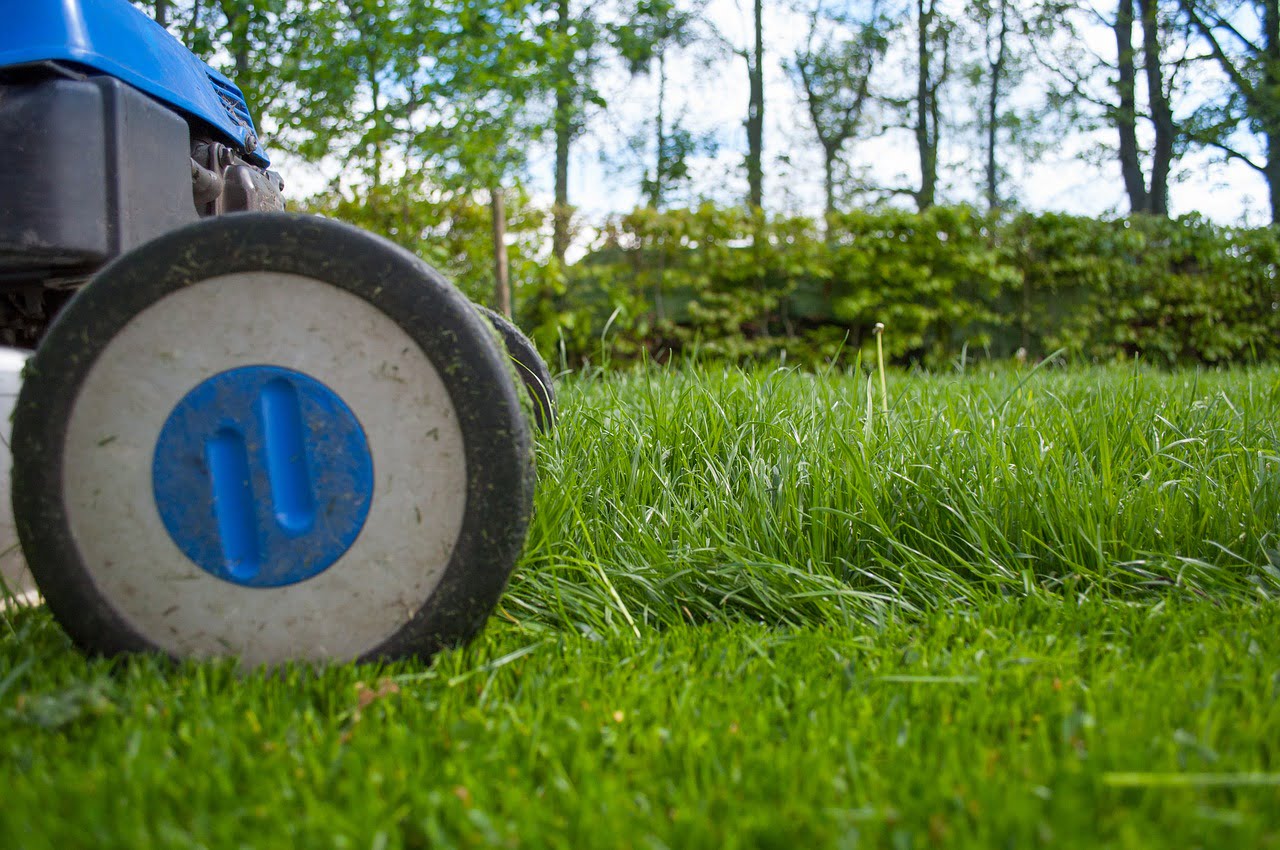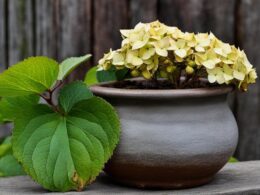Are you a gardening enthusiast looking to expand your collection of beautiful hibiscus plants? Propagating hibiscus is a fantastic way to do it! Whether you have tropical hibiscus or hardy hibiscus, the process of propagation is the same. By using hibiscus cuttings or hibiscus seeds, you can grow new plants that will bring vibrant colors and tropical vibes to your garden.
When it comes to propagating hibiscus, there are two main methods to choose from.
The first method is through hibiscus cuttings. This involves taking a 4 to 6-inch cutting from new growth or softwood. After removing the leaves, you’ll dip the cutting in rooting hormone. With the help of well-draining soil, your hibiscus cutting will start to develop roots and eventually grow into a new plant.
The second method is propagating hibiscus from seeds. This method is typically used for hardy hibiscus. You’ll start by soaking the seeds overnight, then plant them in moist soil. With regular watering and proper care, seedlings will start to sprout, allowing you to grow new hibiscus plants.
While propagating hardy hibiscus generally has a higher success rate, using both methods can lead to successful propagation of both hardy and tropical hibiscus.
In this article, we’ll explore in detail how to propagate hibiscus using both hibiscus cuttings and hibiscus seeds. By following these techniques, you’ll be able to expand your collection of hibiscus plants and create a stunning garden filled with their vibrant blooms.
Propagating Hibiscus from Cuttings
One common method of propagating hibiscus is through cuttings. This method ensures that the new plant will be an exact copy of the parent plant. To propagate hibiscus from cuttings, follow these steps:
- Select a 4 to 6-inch cutting from new growth or softwood.
- Remove all leaves except the top set.
- Trim the bottom of the cutting just below the bottom leaf node.
- Dip the cutting in rooting hormone.
- Plant the cutting in a well-draining soil mixture.
- Keep the cutting in partial shade, ensuring that the soil stays damp but not wet until it roots, which typically takes about eight weeks.
- Repot the rooted cutting in a larger pot.
- Continue to care for the cutting until it is ready for planting.
Propagating Hibiscus from Seeds
Another method of propagating hibiscus from seeds is through seeds, which is more commonly done with hardy hibiscus. While propagating hibiscus from seeds can produce plants that may not look exactly like the parent plant, it offers the excitement of cultivating unique variations.
To start, ensure better germination by scratching or sanding the hibiscus seeds. Then, soak the seeds in water overnight to soften the hard outer shell and improve moisture absorption. This step is essential for successful seed propagation.
Once the seeds have soaked, plant them in well-moistened soil. Dig a hole that is about twice the size of the seed and gently place it inside. Cover the seed with soil and water thoroughly. Make sure to maintain regular watering to keep the soil moist throughout the germination process.
Seedlings should begin to sprout within one to two weeks, although it can sometimes take up to four weeks. Be patient and provide consistent care to encourage healthy growth.
Remember that propagating hibiscus from seeds can be more challenging compared to other methods, such as propagating hibiscus from cuttings. It has a lower success rate and the resulting plants may have slight variations in appearance. However, the process can lead to unique and beautiful hibiscus varieties.
Key Steps to Propagate Hibiscus from Seeds:
- Scratch or sand the hibiscus seeds to improve germination.
- Soak the seeds in water overnight to soften the outer shell.
- Plant the seeds in well-moistened soil, about twice as deep as their size.
- Water regularly to keep the soil moist.
- Be patient, as seedlings may take up to four weeks to appear.
Can the same propagation methods be used for both hibiscus and lilacs?
Yes, you can propagate lilacs easily at home using the same methods that are typically used for hibiscus plants. Both hibiscus and lilacs can be propagated through techniques such as softwood cuttings, hardwood cuttings, or layering. With proper care and attention, these beautiful plants can be easily propagated at home.
Conclusion
Propagating hibiscus is a rewarding process that allows you to expand your garden or share your favorite hibiscus plants with others. By utilizing hibiscus cuttings and hibiscus seeds, you can easily propagate these beautiful flowers and enjoy their vibrant colors and unique characteristics.
Hibiscus cuttings are the ideal method for creating identical replicas of the parent plant. With the proper technique of taking a 4 to 6-inch cutting from new growth or softwood, using rooting hormone, and planting in well-draining soil, you can ensure successful propagation through cuttings.
On the other hand, propagating hibiscus from seeds introduces exciting variations in color and appearance. By soaking the seeds overnight, planting them in moistened soil, and providing regular watering, you can witness the growth of new hibiscus seedlings.
Whether you choose to propagate hibiscus through cuttings or seeds, following the recommended methods and providing optimal conditions enhances your chances of success. With patience, care, and a little experimentation, you can nurture your hibiscus plants and enjoy their beauty in your garden year after year.









